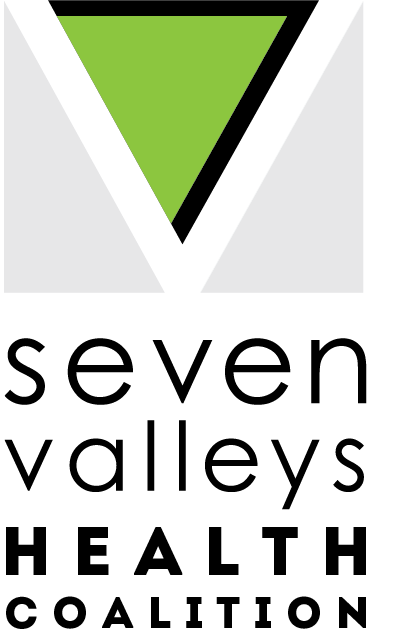Recovering Wasted Resources
Welcome to our official first #FoodWasteFridays blog post. Every Friday we will discuss all things food waste as it relates to current events, local activities, efforts, and of course, what's in your food waste.
Waste has been an issue that has plagued, not only Americans, but all societies. The World Bank recently published What a Waste 2.0: A Global Snapshot of Solid Waste management to 2050, as illustrated below they point out Americans (and a few other countries) have the highest solid waste generated per capita.
Annual municipal solid waste generated per capita (kilograms/capita/day)
Why is this an issue? Well, for us locally in the Cortland area it turns out that 13.57% of the material that ended up in the Cortland County municipal solid waste stream in 2012, consisted of food scraps. That figure didn't catch your attention? Let’s put this into perspective, what would this 13.57% look like? It would be equivalent to the size of a concrete mixer truck, or larger than the size of five hot tubs --- now, I don't know about you, but that's a lot of food.
Since COVID-19 has arrived and affected us all, the issue of food waste is catching more attention. You may have read some of the headlines: “Farmers Dump Milk”, “Produce Left to Rot”, “Farmers Cull Animals”. Our local producers and growers are faced with tough decisions because they have either lost their normal buyers due to closures, lost workers, or had to reduce production for safety of workers. Even with this in mind, the fact remains that there is a large amount of food being diverted from those in need. The FDA, USDA, and many other organizations recommend that organizations step up food rescue efforts to help collect the otherwise wasted nutritious foods. In light of this recommendation, Seven Valleys Health Coalition, United Way, local dairy farmers, SUNY Cortland and many other important players, have stepped outside of their silos to work collaboratively to stop produce from going to waste and divert it to those in need right here in Cortland County. This partnership has come together in a successful collaborative effort to host a dairy distribution event to be held on the SUNY Cortland Campus. The flyer below outlines everything you need to know about participating and getting what you need to feed you, your family, or those you live with. It turns out, I’ve said it before, and I will gladly repeat myself, Cortland is amazing.
We at SVHC don’t like to see waste. In fact, when we were at the office and there was leftover food, it was not uncommon to share food with our wonderful neighbors at Catholic Charities. More importantly what we really don’t like to hear, is when our wonderful folks in the farming and agricultural industry are struck with hardships and faced with watching their produce or dairy product go to waste after the resources and effort that went into it. We continue to remain hopeful and eager for what holds in the future, so be sure to check back next friday for more about food waste.
If you’d like to help stop food waste or help your local community, how about getting in touch with local farmers and purchasing CSA’s? If you don’t know of local farmers, check out the Local Foods Map on the SVHC website by clicking here.



